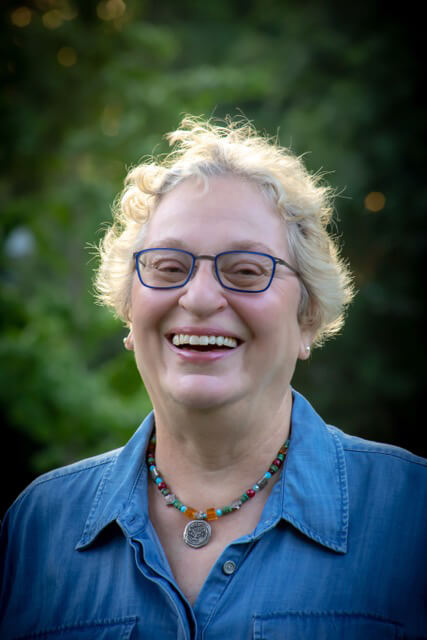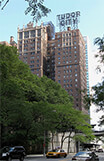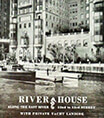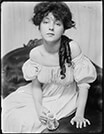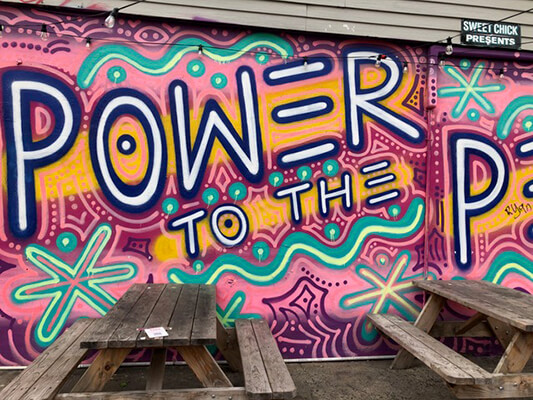
THE FORTY YEARS MANHATTAN WAS DUTCH
Beginning in 1624, the Dutch West India Company transformed an edge of Manhattan wilderness into the colonial city of New Amsterdam. They controlled Manhattan for only 40 years, until 1664, when the British took over. And yet the Dutch influence set the character of New York for the next 400 years, particularly in its money orientation, and tolerance for ethnic and religious diversity.
By 1644 the roughly 500 inhabitants of New Amsterdam included a wide variety of Europeans, Blacks both enslaved and free, and native Lenapes. Over 18 languages were heard on the streets. There were Dutch Reform adherents, Catholics, Quakers, and Anglicans. The first Jewish settlers in North America came to these streets in 1654.
Highlights include–
• New York’s first cash crop
• Bronze relief map of the New Amsterdam colony
• Dutch street patterns and street names that exist today
– Governors Willem Kieft and Peter Stuyvesant
– Jews and Quakers limit Stuyvesant’s power

